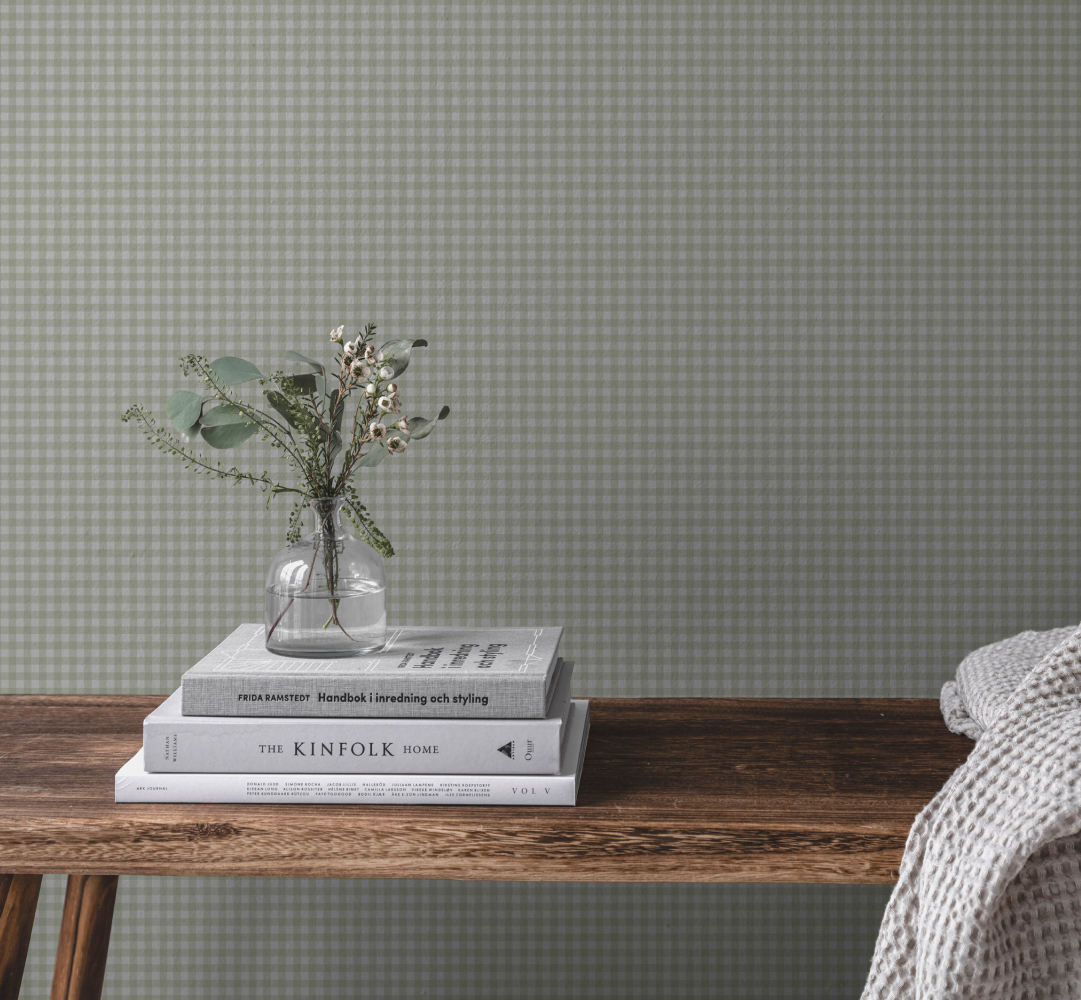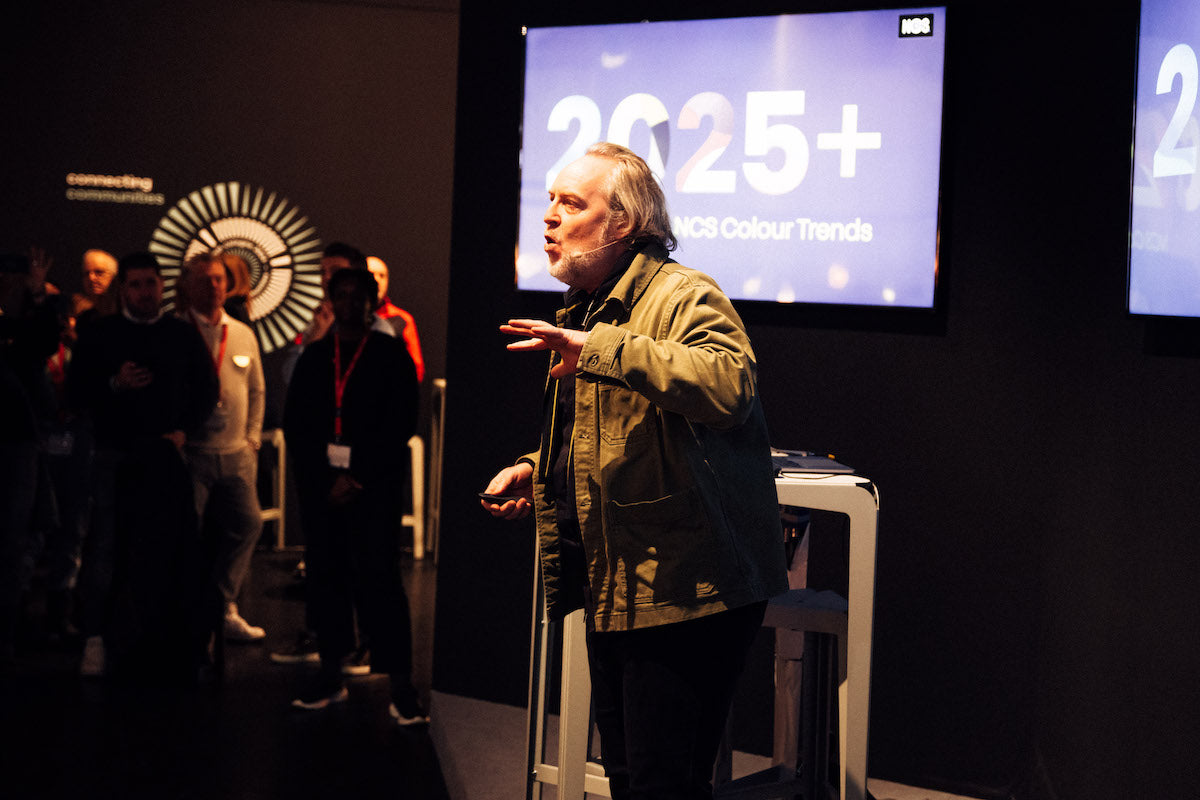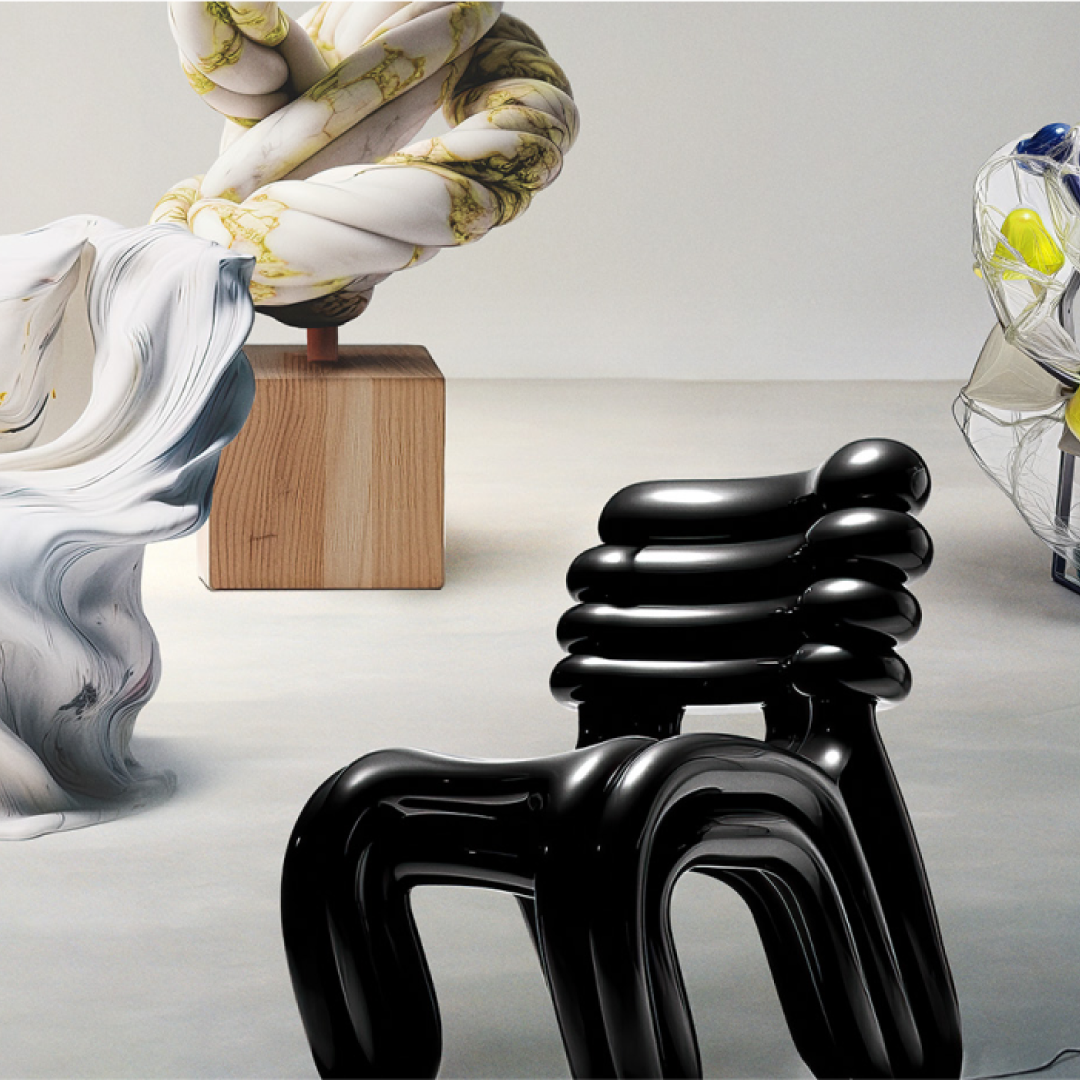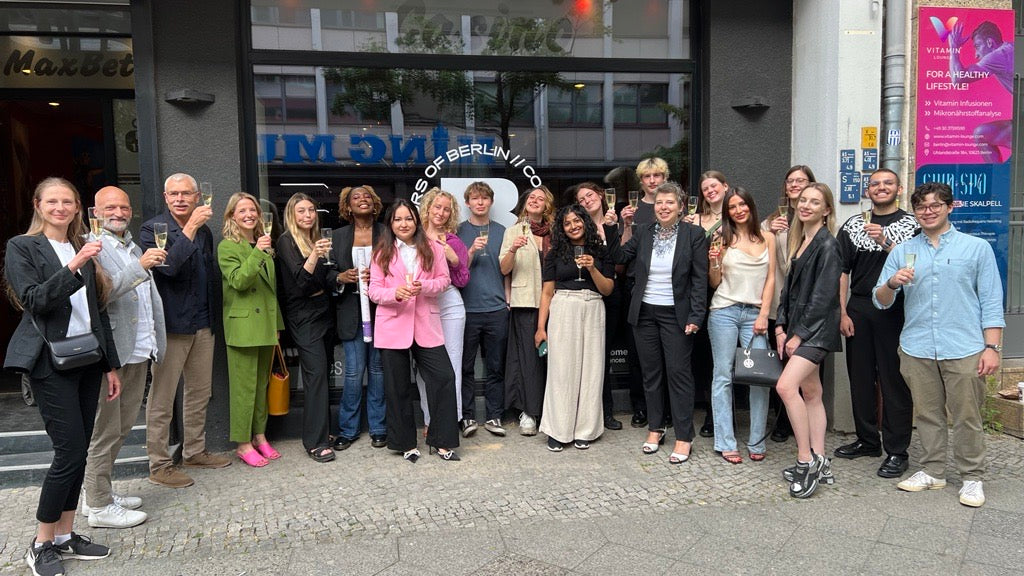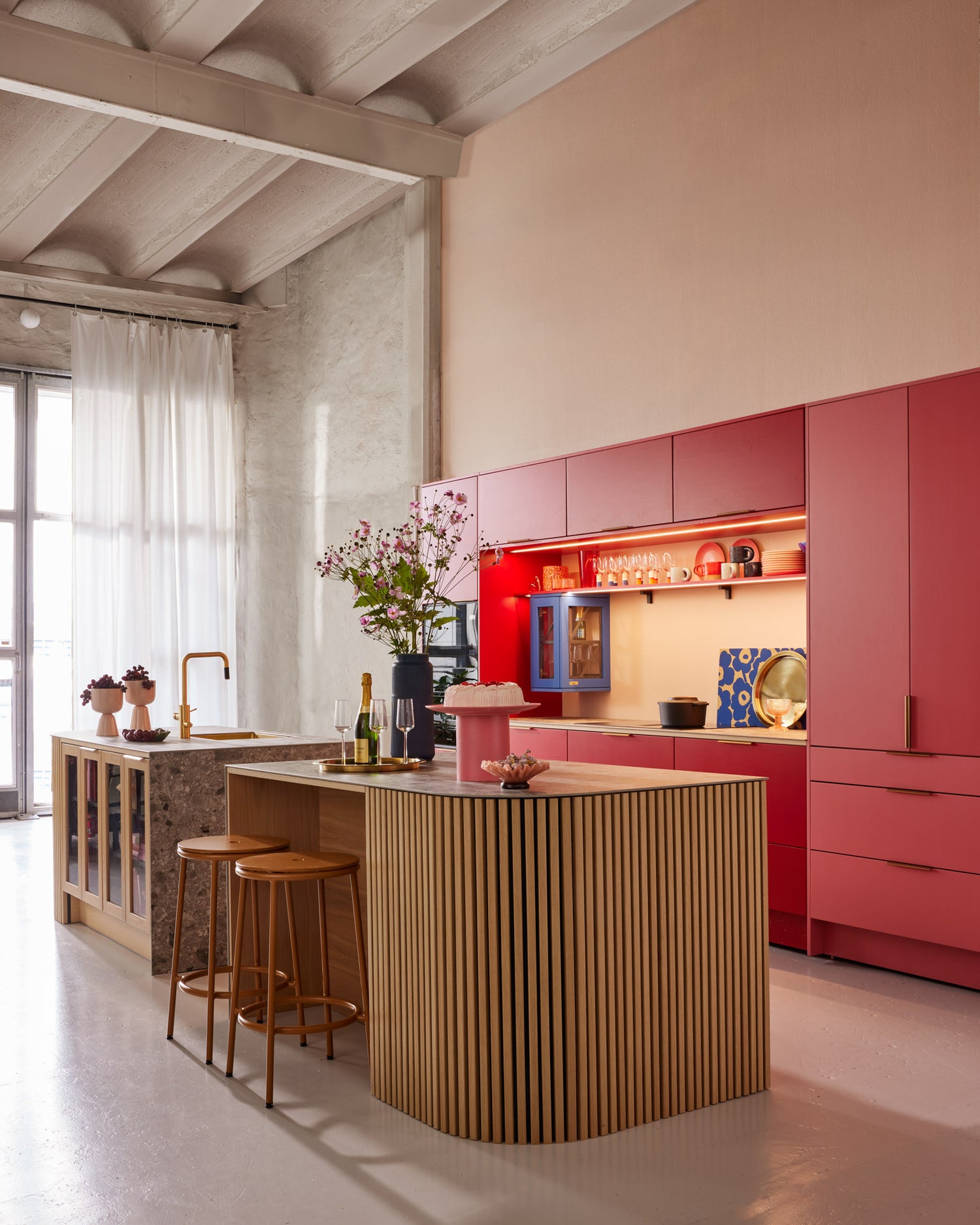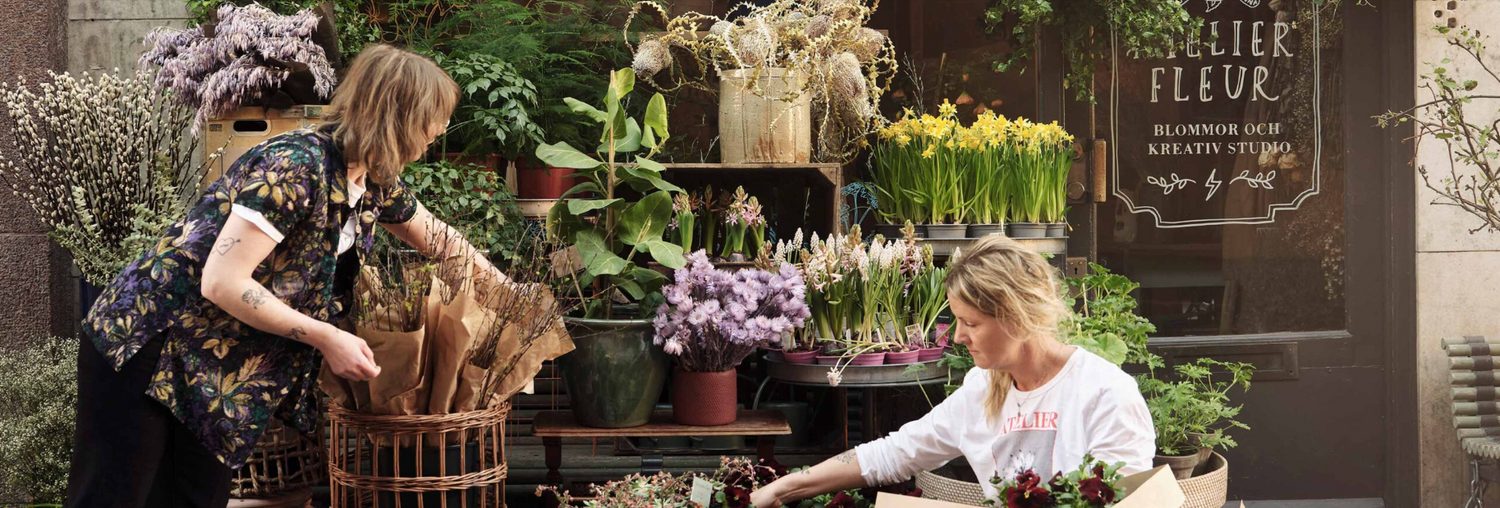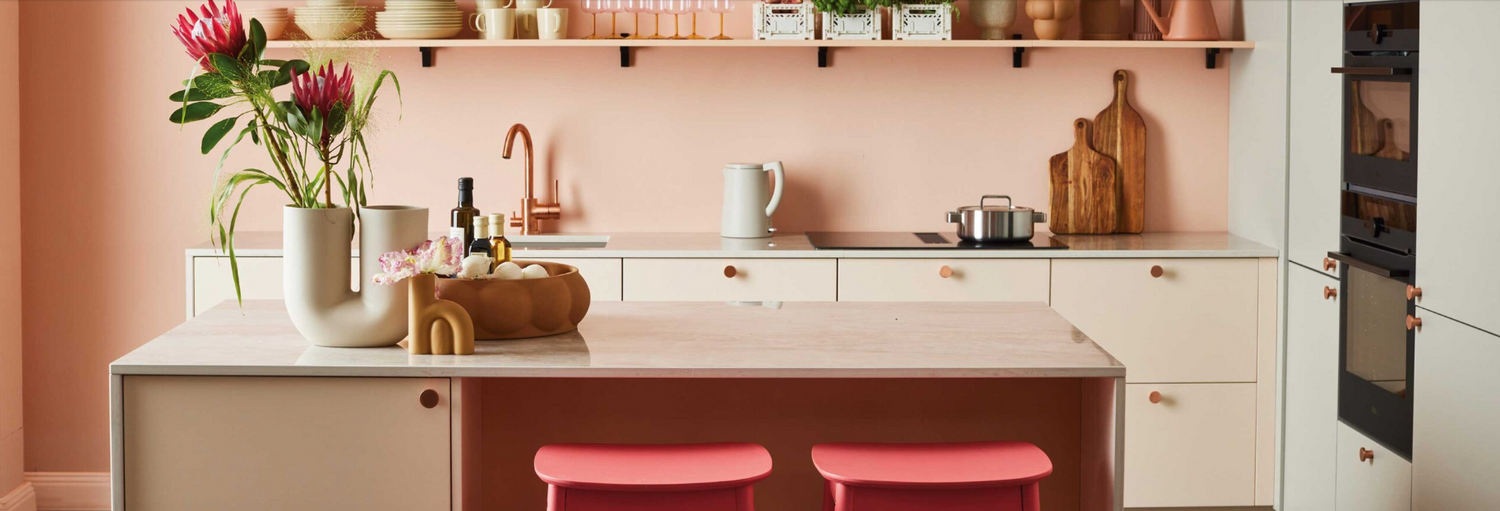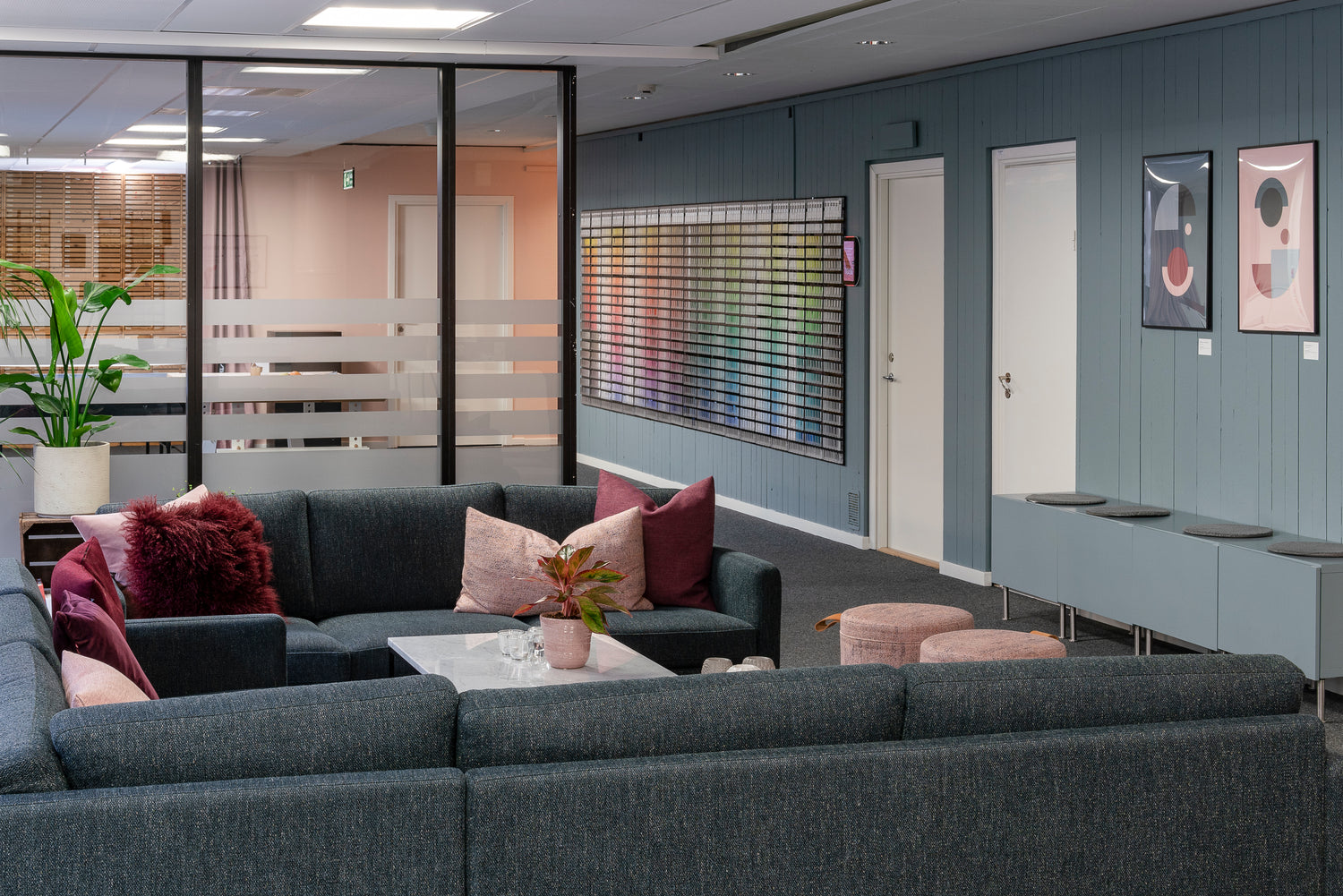Colours of Berlin – A celebration of Berlin’s rich and varied hues
13.11.23
What are the colours of Berlin? This question was asked by the students of Macromedia University in Berlin. With the support by NCS Colour, the students have conducted a field study to explore the colourful diversity of Berlin districts. Case studies from the students provides a unique perspective on how the city's colours shape its identity and culture.
 © Stefan Walter | Causalux
© Stefan Walter | Causalux
The essence of Colours of Berlin
Colours of Berlin derives from an exploration of colours and their significance in the lives of Berlin's citizens. It draws attention to the pivotal role that colours play in shaping identity and atmosphere of the city. With the use of Colourpin ll, the students paint a vivid picture of the city's diversity and through the lens of colours. NCS Colour is proud to support the project of Colours of Berlin and Macromedia University.
"Berlin's different colours are around."
An essential goal of Colours of Berlin is to raise awareness about the influence of colours on daily life, prompting reflection on their significance in shaping emotions, moods and the overall human experience. By guiding viewers through the city's neighborhoods and highlighting unique characteristics and vivid contrasts, “Colours of Berlin” also showcases the diverse essence of Berlin. Portraying Berlin as an open minded and adaptable city aspires to welcome a global audience.

NCS in Berlin’s colours
All student groups of Macromedia University were given a Colourpin ll and a NCS Index 2050 for their field study. Group Nollendorfplatz tells us how having the Colourpin ll in combination with the NCS Index helped them compare colours’ appearance, as well as understand how shadows and light affect the colours that we see.
"Using the Colourpin for identifying the colours in the area and showing the colours to the people with the Index really helped us. It was nice being able to access our scans on the go to make sure that we had been able to record our data."

 The group ‘Scheunenviertel’ using our NCS Index in their project work, and creating moodboards of the landscape architecture’s colours.
The group ‘Scheunenviertel’ using our NCS Index in their project work, and creating moodboards of the landscape architecture’s colours.
Exhibition projects based on colour research

 © Stefan Walter | Causalux
© Stefan Walter | Causalux
The group Sonnenallee explored the perception of colours. The research was done on citizens in Berlin’s district Sonnenallee, with the purpose of making the recipient aware of the different dimensions of colour. Their exhibition followed the same theme of perception, where they used painted fruits and mirrors to illustrate their findings.

Below is the group Museum Island’s interpretation of the museum artwork combined with the district and its colours. The artworks are based on extensive research about the colours of Berlin's Museum Island, which is an unique island in the center of Berlin holding five museums.
 © Stefan Walter | Causalux
© Stefan Walter | Causalux
“It was a great experience working together with NCS, I learned how to communicate colours in another way. Without the tools and support that NCS provided, the exhibition wouldn't have been as great as it was.”
Colour as a language in every day life
Engaging with Friedrichshain inhabitants, the group’s project gave insights into how people interpret and perceive the colours in the NCS palette. This novel method revealed intriguing differences in colour perception that existed even when the same hue was offered to different people. The group says that being introduced to Colourpin expanded their understanding of colour and transformed our perspective of it.
 The visuals of Grünberger Strasse in Friedrichshain.
The visuals of Grünberger Strasse in Friedrichshain.
“The chance to work with NCS has expanded our knowledge and talents while also deepening our understanding of the nuances of colour and its nature. We are really proud of our collaboration with NCS and the extraordinary influence it has had on the advancement of our careers as designers.”
The group Clubland explored visualisation of colours in the nightlife of Berlin, and how colour is a form of expression. A group member describes that NCS made her realise that colour is a language that everyone uses to express themselves, through clothes, accessories and makeup.
 Group Clubland’s project and the colours from their identified makeup looks.
Group Clubland’s project and the colours from their identified makeup looks.
Wedding’s interactive artwork
The student group Wedding explored the multicultural district of Wedding and conducted an interactive artwork. These were the district’s identified colours and materials, and their qualitative research showed associations to the words “chaos” and “contrast”.


The group’s exhibition consisted of a tiles composed by the actual people who create the diverse and multicultural community in Wedding. In a public setting, inhabitants of Wedding were given the opportunity to make an individual statement on a piece of tile. The group then arranged these in a way that shows the chaos and/or the contrast of Wedding, letting the individual stories speak for the district.

 © Stefan Walter | Causalux
© Stefan Walter | Causalux
Lasting impressions
The “Colours of Berlin” collaboration between Macromedia University and NCS Colour allowed for inspirational insights and perspectives on what the colours of Berlin are. At the same time, the contributions of seven student groups enrich the world of colours, showing that the universal language of colours transcends borders. See the final chosen colours of the student groups below, representing their projects.

”After working with the project ‘Colours of Berlin’ we have started to ask each other: “Which colour do you feel today?”






A special thanks to the responsible students and Professors of Macromedia University.
Students of Colours of Berlin
Clubland by Maena Moukanda and Minna Ask, Boxhagener by Nodiri Saidakhon and Irina Zavalishina, Museumsinsel by Adèle Le Forestier & Max Bode, Nolledorfplatz by Javier Paredes and Avishi Mitruka, Scheunenviertel by Johanna Steigert and Eslem Özkirim, Sonnenallee by Simon Hermann and Juli Schneider, Wedding by Shira Malka and Ditte Marie Knudsen.
Professors of Colours of Berlin
Prof. Regina Hanke, Prof. Dr Kristin Hahn, Prof. Thomas Stegmann
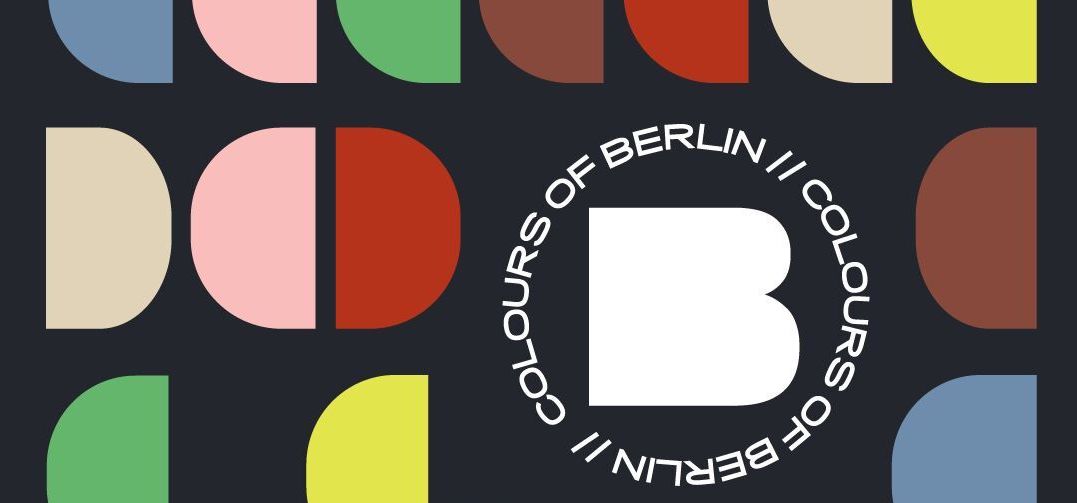
 From group Museum Island's exhibition where
From group Museum Island's exhibition where 
